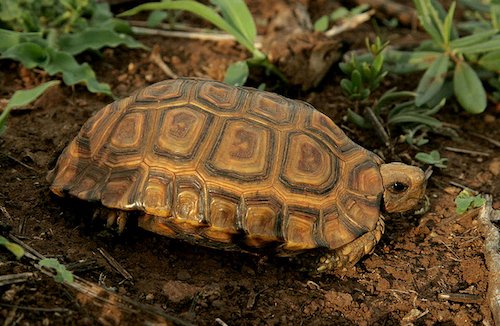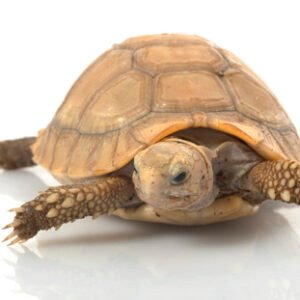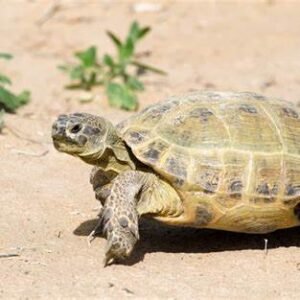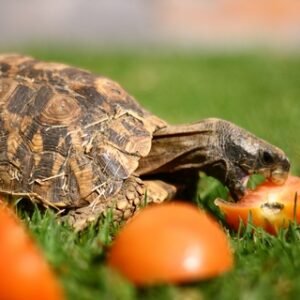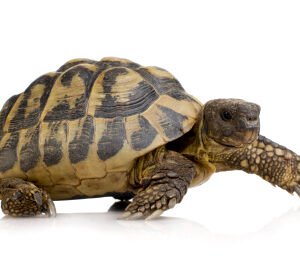Habitat and Distribution
The forest hingeback tortoise (Kinixys erosa) is predominantly found in the lush tropical forests and dense underbrush of West and Central Africa. This terrestrial tortoise species prefers moist, shaded environments where humidity levels remain high, which are integral for their survival and well-being. The natural habitat of the forest hingeback tortoise typically comprises areas rich in leaf litter, fallen logs, and thick vegetation, allowing them to forage effectively for food while also providing shelter from predators. Its geographical distribution spans countries including Cameroon, Gabon, the Republic of the Congo, and the Democratic Republic of Congo, indicating a strong association with equatorial forest types.
Moreover, these tortoises demonstrate a preference for habitats near water sources, such as rivers and swamps, which are crucial for their hydration needs. During the dry seasons, they may burrow into the ground or seek refuge under available foliage to conserve moisture. The specific environmental conditions within these habitats not only support their lifestyle but are also critical for their reproductive activities, including nesting.
Behavior and Diet
The forest hingeback tortoise (Kinixys erosa) displays intriguing behavior patterns that adapt to its natural habitat. These tortoises are primarily diurnal, exhibiting peak activity during the day, especially in the cooler morning hours. They often emerge from their burrows or sheltered spots to forage for food, bask in the sunlight, and interact with their environment. Burrowing is a prominent behavior, as these tortoises utilize their strong limbs and claws to dig into the soft forest floor. This not only provides refuge from predators but also offers protection against extreme weather conditions, such as intense heat or heavy rain.
The diet of the forest hingeback tortoise largely consists of a range of plant material available in their wooded habitats. These tortoises primarily feed on various leaves, fruits, and flowers, which are abundant in the forest ecosystem. Their preference for consuming soft, palatable vegetation allows them to efficiently obtain necessary nutrients. The seasonal availability of different plant species significantly influences their dietary choices, showcasing their adaptability to the changing conditions of their habitat. A notable aspect of their diet is the inclination to consume foods high in moisture, which aids in hydration, especially in environments with limited water sources.
Social behaviors among the forest hingeback tortoise are relatively subtle; however, they do exhibit some level of interaction with one another, particularly during the mating season. Males engage in courtship displays, which may include flipper waving and circling around the female. Reproductive activities usually take place during the wetter months, aligning with the increased availability of food and resources for raising hatchlings. Overall, the combination of unique behaviors and a specialized diet allows the forest hingeback tortoise to thrive in its forested environment, expanding our understanding of its ecological adaptations.

